Hey!
It looks like you’re outside of Australia. For more relevant information, head to: embracekidsglobal.com

ABOUT
The Embrace Collective is a health promotion charity with a vision for a world where people are empowered to thrive, free from feelings of pressure, judgement and shame about their appearance.

